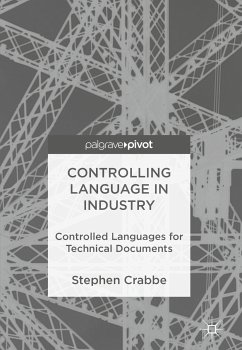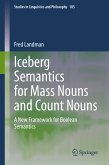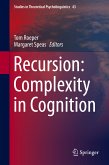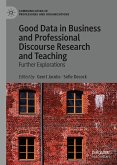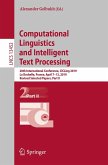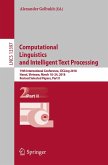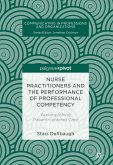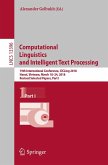This book provides an in-depth study of controlled languages used in technical documents from both a theoretical and practical perspective. It first explores the history of controlled languages employed by the manufacturing industry to shape and constrain the information in technical documents. The author then offers a comparative analysis of existing controlled languages and distills the best-practice features of those language systems. He concludes by offering innovative models that can be used to develop and trial a new controlled language. This book will be of interest to linguists working in technical and professional communication, as well as writers and practitioners involved in the production of technical documents for companies in multiple industries and geographical locations.
Stephen J. Crabbe is Senior Lecturer inApplied Linguistics at the University of Portsmouth, UK. His research interests lie in written and visual technical and professional communication (both modern and historical), and English for specific purposes.
Dieser Download kann aus rechtlichen Gründen nur mit Rechnungsadresse in A, B, BG, CY, CZ, D, DK, EW, E, FIN, F, GR, HR, H, IRL, I, LT, L, LR, M, NL, PL, P, R, S, SLO, SK ausgeliefert werden.

